BURFORD, THE GATEWAY TO THE COTSWOLDS
The Cotswolds is one of Britain’s most picturesque places located in south central England about 800 square miles in land area and comprises a range of rolling hills that runs through five counties — Gloucestershire, Oxfordshire, Warwickshire, Wiltshire and Worcestershire. It is the favourite country retreat of the rich and famous — Kate Moss, Kate Winslet, Elizabeth Hurley, Prime Ministers Tony Blair and David Cameron and many other prominent figures in Britain own a Grade II-listed country pile in this part of England.
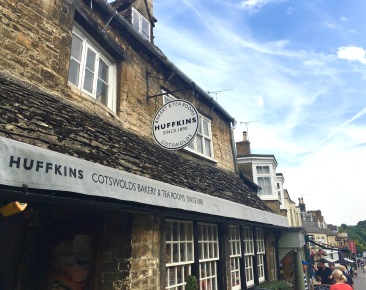

One of the pleasures of visiting the Cotswolds is like traveling back in time — practically walking down the same roads that the Romans originally built — and exploring the different medieval towns and villages, each with its own unique identity, yet all with those distinct and prominent Cotswold attributes such as the ‘wolds’ (old English for rolling hills), unspoilt ancient villages with historic churches, yellow-golden stone and thatched roof cottages, medieval market place, antique shops, etc.


VISIT TO BURFORD
Burford, a little town often referred to as the ‘Gateway to the Cotswolds’, is just 19 miles west of Oxford, and well worth the visit. It is originally a fortified Anglo-Saxon ford which later became a wealthy wool town.

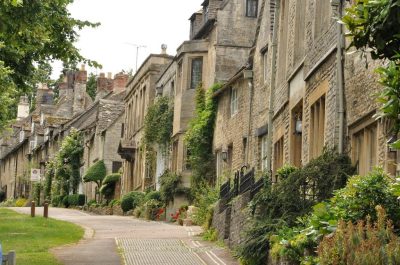
Burford’s little village atmosphere even on the main high street is quite astonishing.


The famous High Street runs downhill towards a medieval bridge with a tiny river called ‘River Windrush’ and both sides of the street is lined by impressive ancient shops and houses.


There’s also plenty of chic accommodation, quirky shops and shopping to be had on the high street.
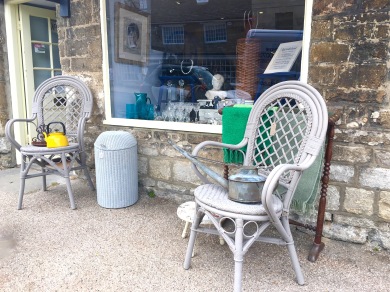

You can even head off the beaten track and explore the wonderful alleyways and side streets to unearth hidden gems such as charming cottages and beautiful courtyards.


It has a very impressive architecture of all the High Streets I’ve seen in Britain — the stylish antique shops, restaurants, pubs and tea shops are simply incredible.


The 16th century Tolsey building (picture below), was once the meeting place for medieval merchants, now a museum is a delightful place to visit for anyone interested in looking into Bruford’s industrial past.

Another real gem with many interesting memorials showcasing some of Burford’s historic past is St. John the Baptist Church. The ‘Burford Levellers Martyrs’ have interesting memorial plaques in the church along with some of Burford’s great families such as King Henry VIII’s barber-surgeon. (The so-called ‘Burford Levellers’ started in this little town and grew out of the conflict between King Charles I — who believed on the divine right of the king — and the Parliament — representing a demand for the sharing of power. The conflict eventually led to the infamous English civil war in 1642–9. Some of Oliver Cromwell’s army, who were besieged in the church in 1649 watched from the roof of the church as their ringleaders were executed in the churchyard.)

This little town also has the distinguished claim of having the oldest pharmacy in Britain, Reavley’s, which opened in 1734.
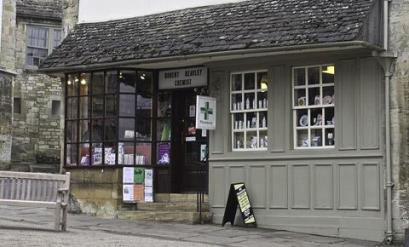

Burford is indeed one gorgeous English town where you can spend hours gawking at the beauty of every building, each shop and all the cottages you pass.

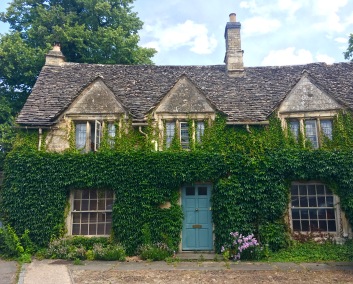
Little changed over the centuries in this little town, and it has so much character and history.


It is a popular destination for its beauty, history, antique shops and other attractions.

Almost all of the houses I’ve seen have a name inscribed on the doorway and have old wooden door I truly love and wish to have. Told Jared numerous times that if we ever build a house somewhere, anywhere in the world, I’d like to have a similar one or an original door of an old English church building that closed down.

You can visit the hotel frequented by King Charles II and his mistress, the English actress Nell Gwynn, and also where Lord Nelson used to dine.
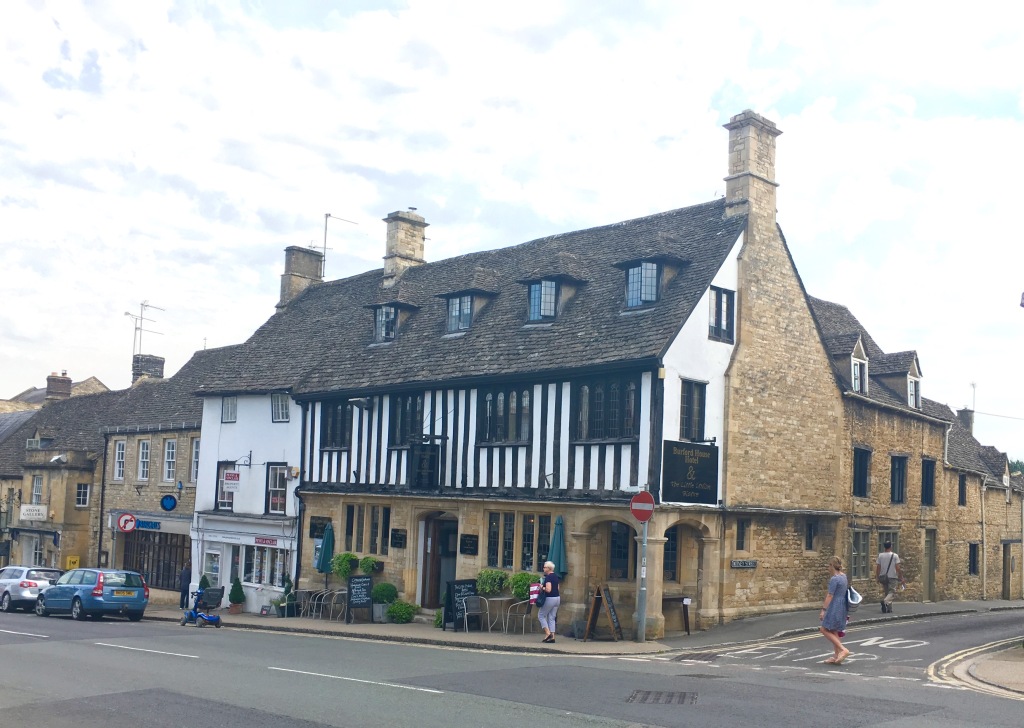
The three medieval bridges match with all of the old buildings.

As you walk downhill on the High Street you can see the stunning view of the rolling hills to remind you that you’re indeed in one of England’s historic ‘wolds’.
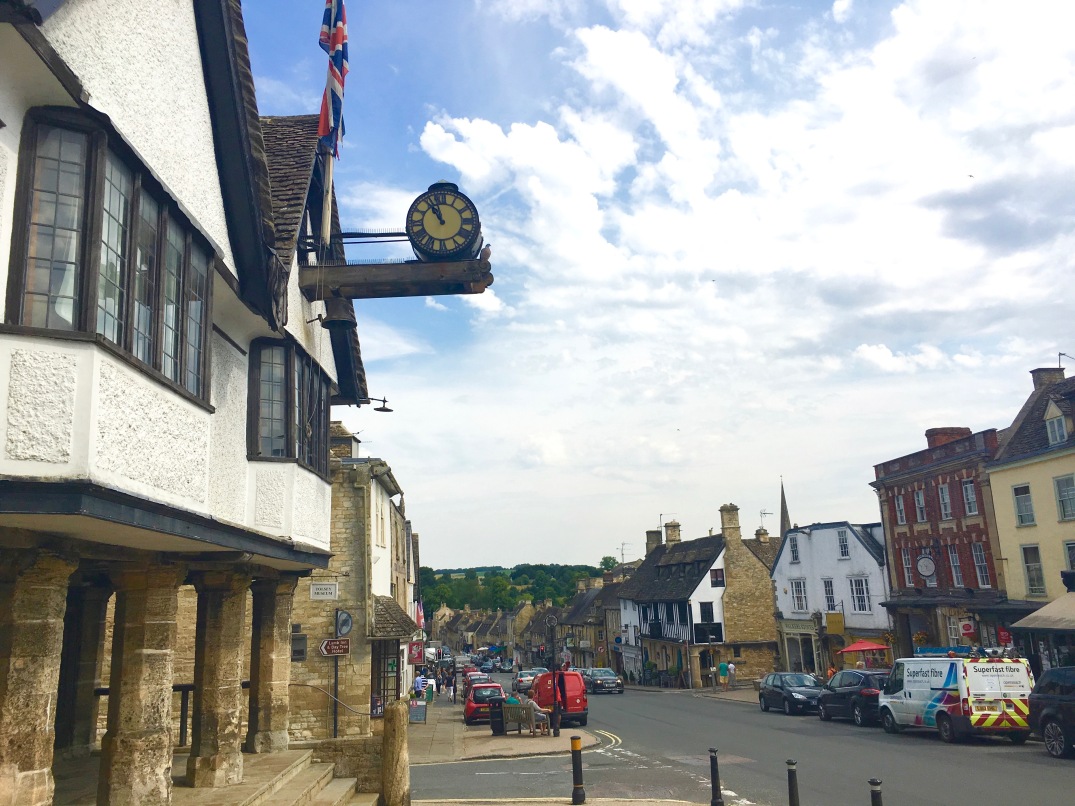
Spring and summer months is the perfect time to visit the Cotswolds. The scenery is simply stunning; whichever way you turn to is ‘Instagram-worthy’ and will make you appreciate the quintessential English charm found nowhere else but in this very part of Britain. Visiting the Cotswolds is truly a unique experience. Its proximity to London and the abundance of historic villages to explore make it an ideal place to getaway from the hustle and bustle of city life. Traveling to Burford is quite easy — you either drive for an hour or so depending on the traffic, or take the bus from central London to Oxford for 50-60 minutes then take another bus to Burford for about 15-20 min. Alternatively you can take the train to Oxford and hire a cab or take the bus.
Note: This is first in a series of historic towns and villages we visited in the Cotswold this summer. Here’s Stratford-upon-Avon, Shakespeare’s hometown. Also, another beautiful and interesting place to visit in the Cotswolds is the birthplace of Sir Winston Churchill in Woodstock, Oxfordshire, and I did a review last summer of Blenheim Palace.
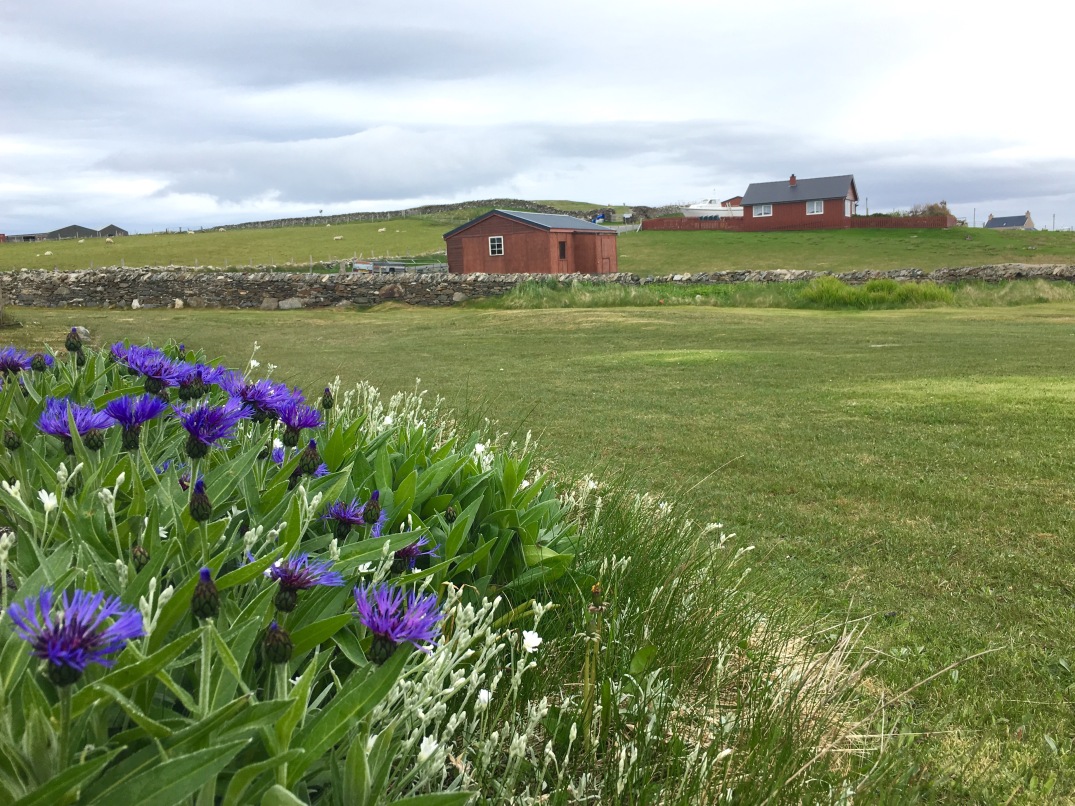




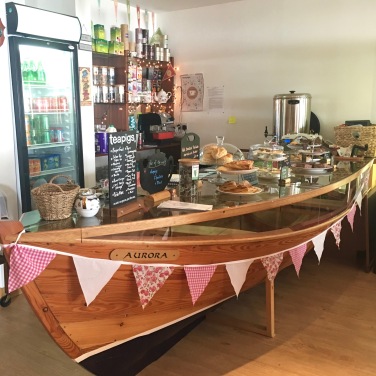
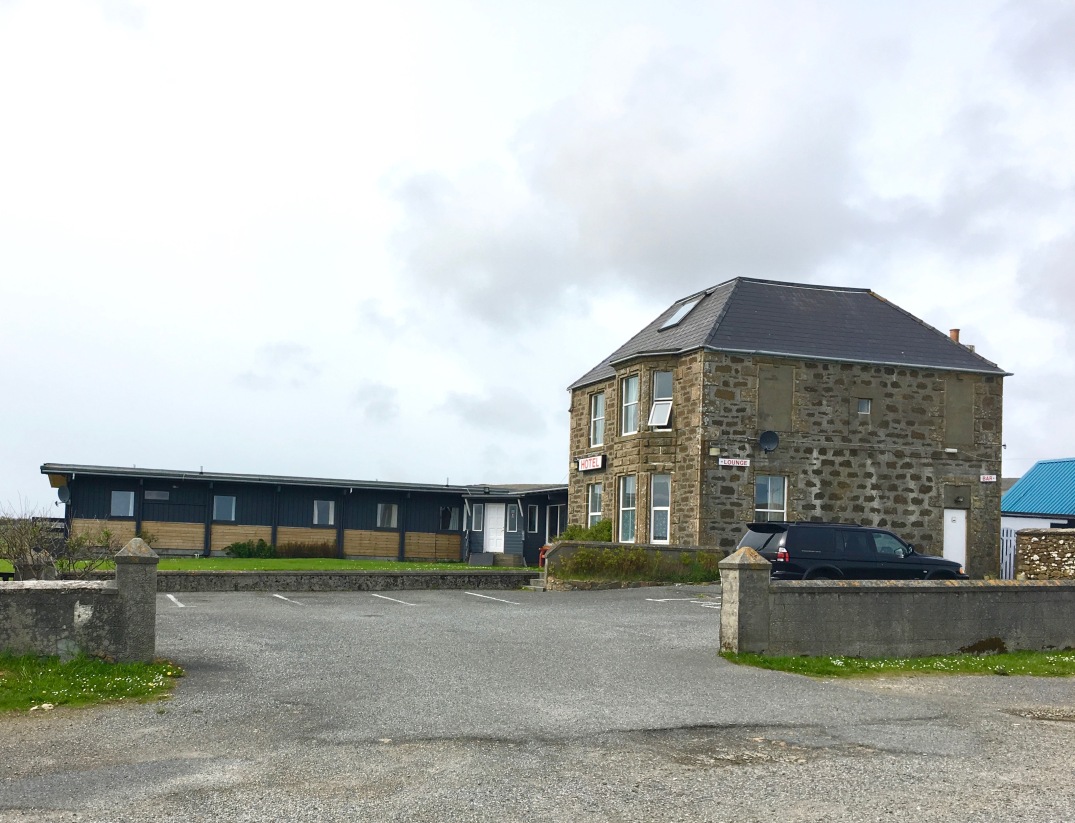



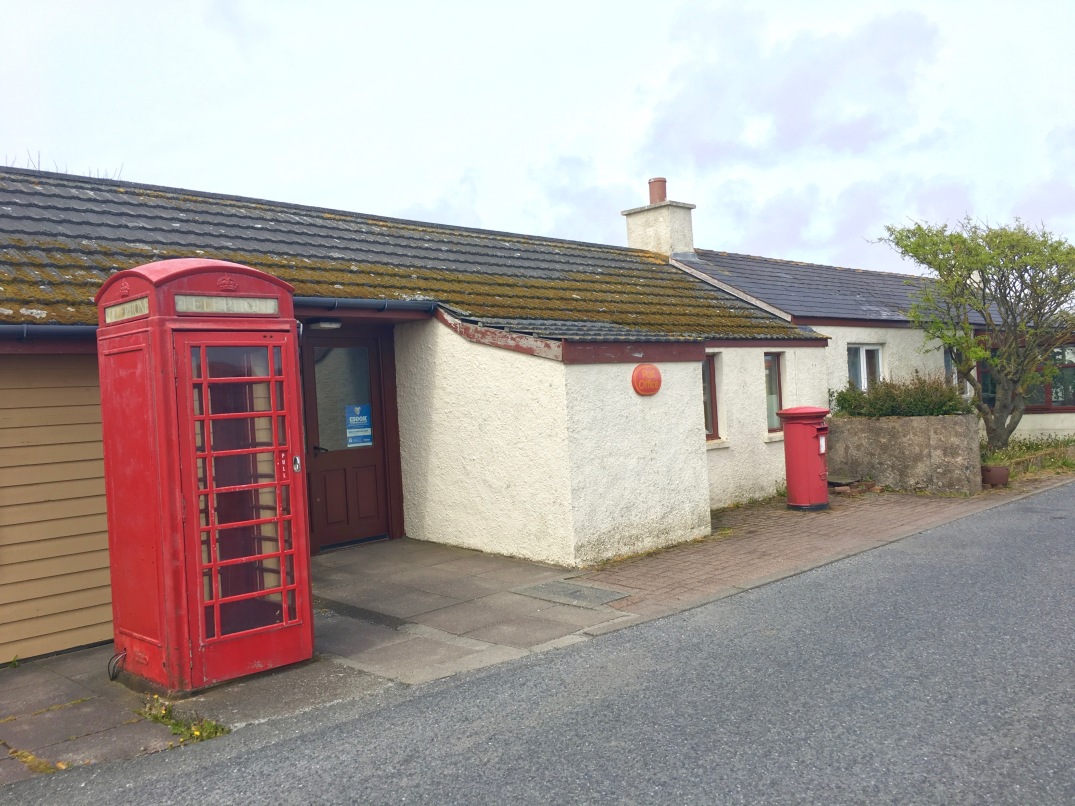
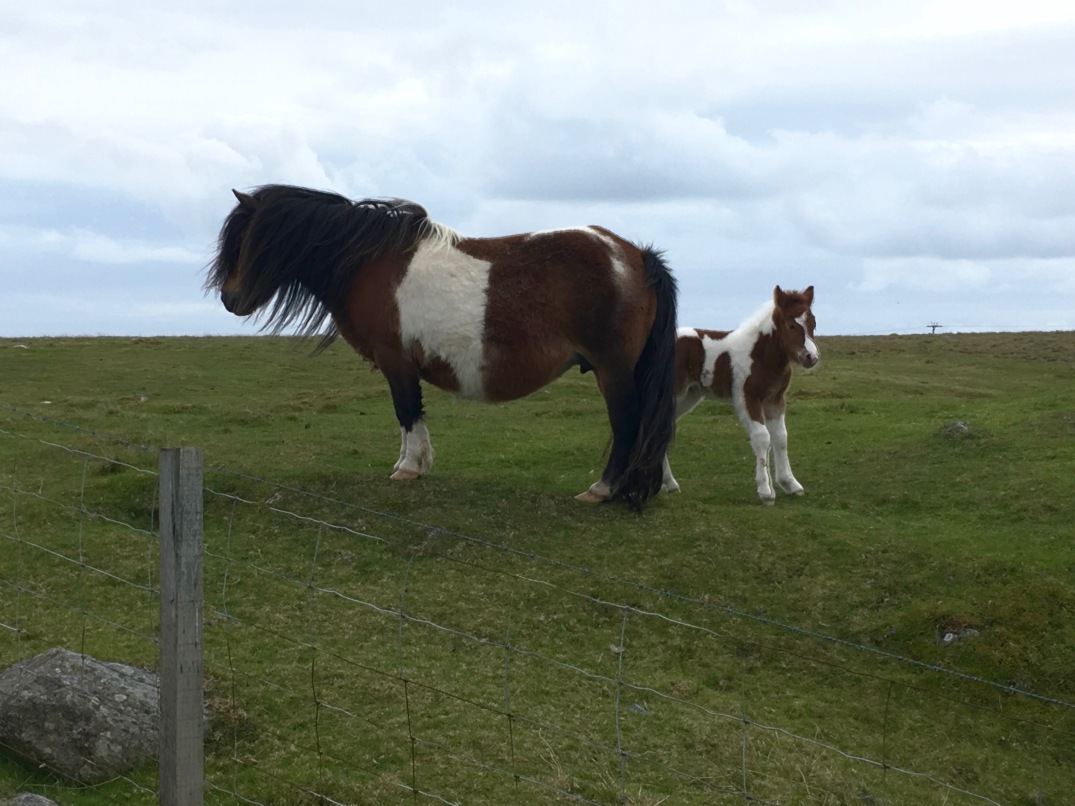

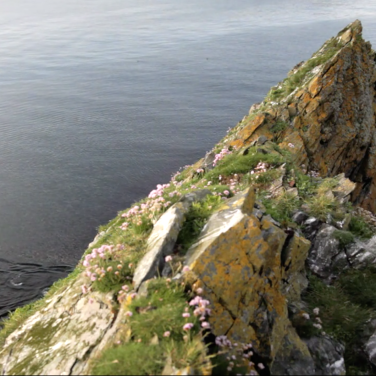









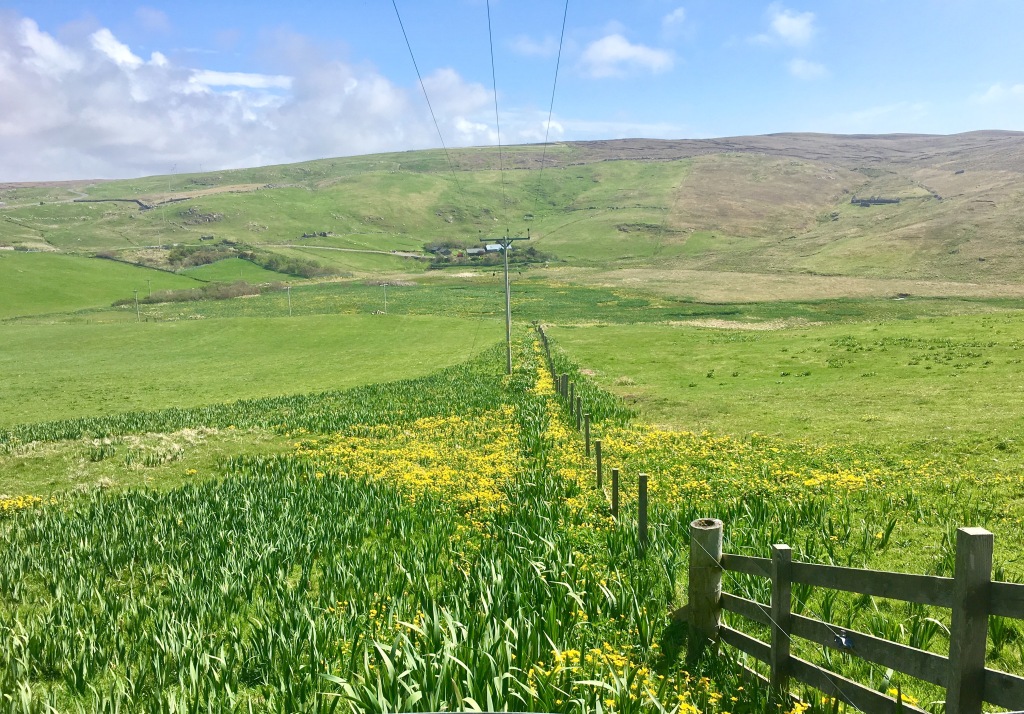
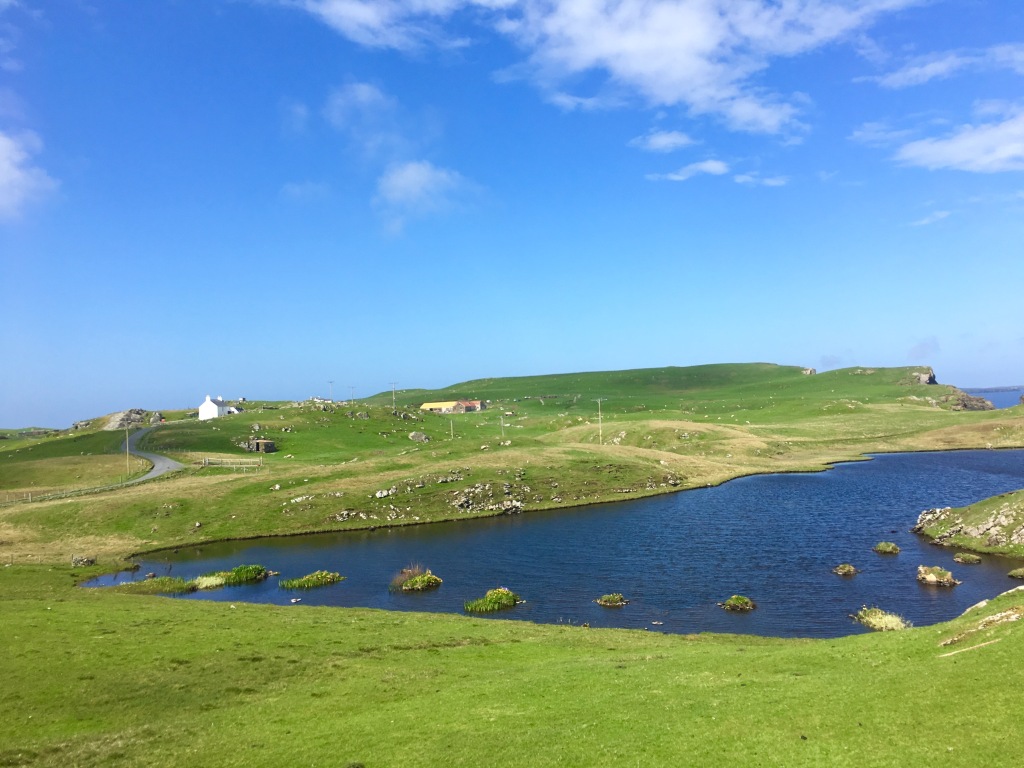



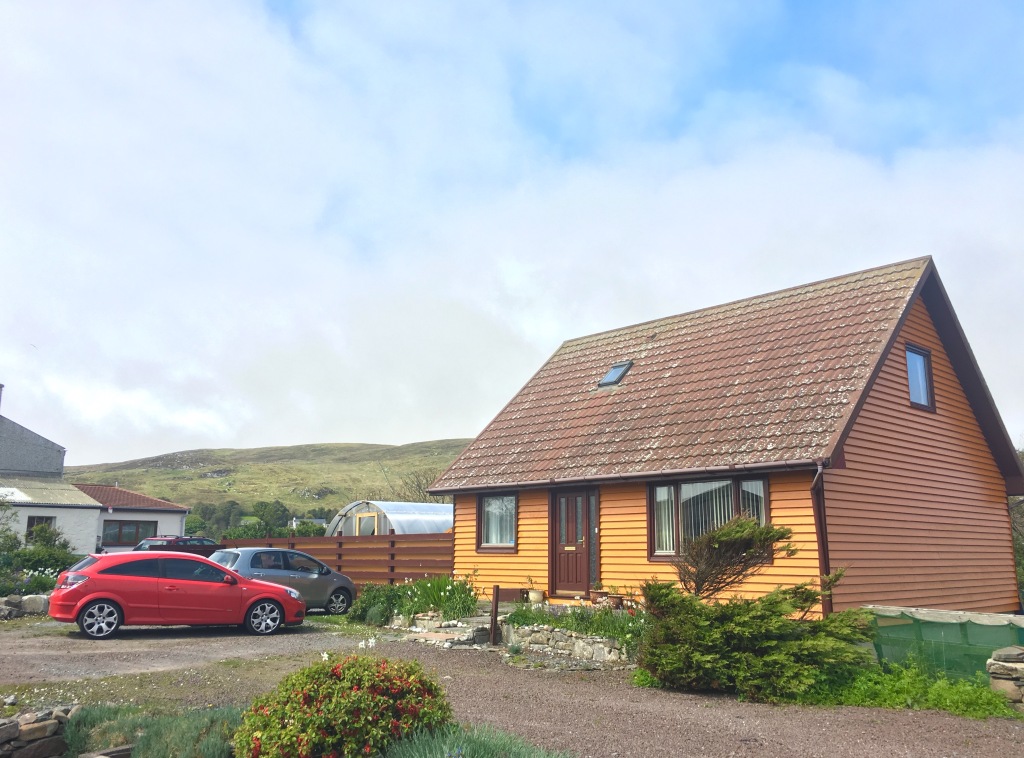

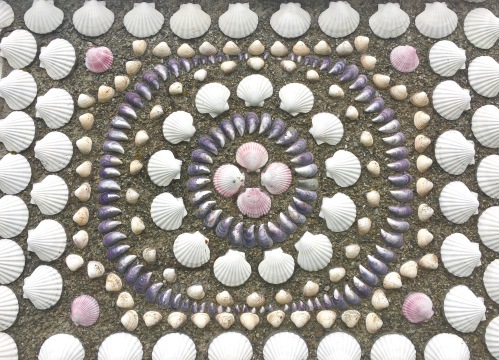
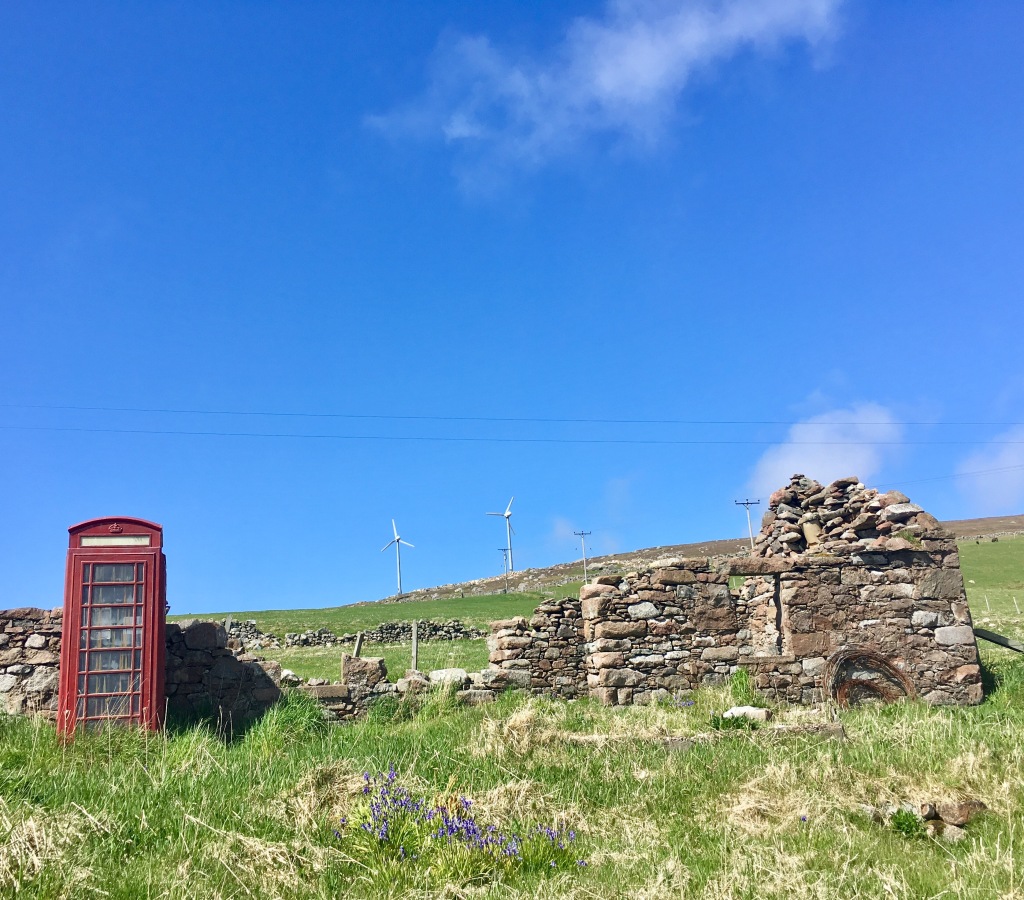









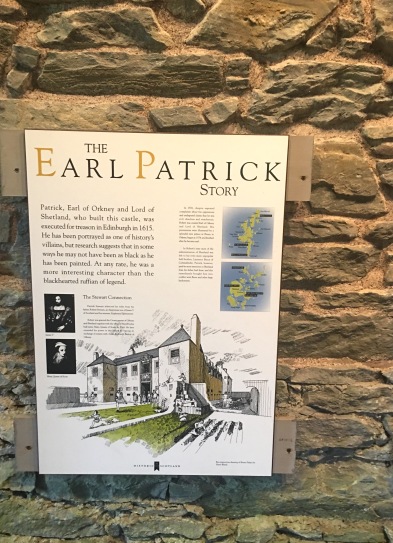
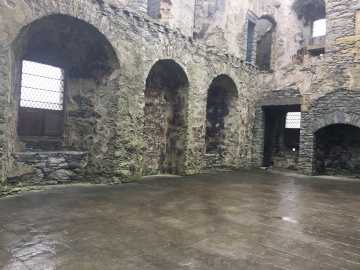

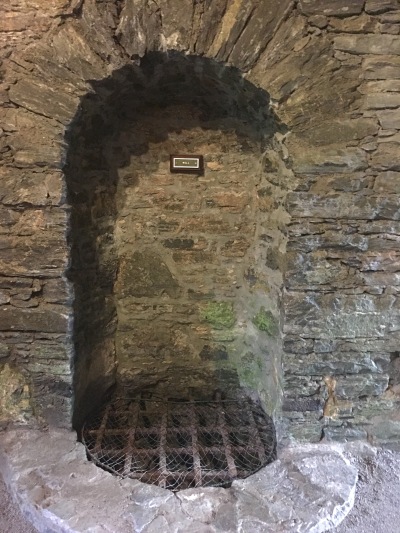



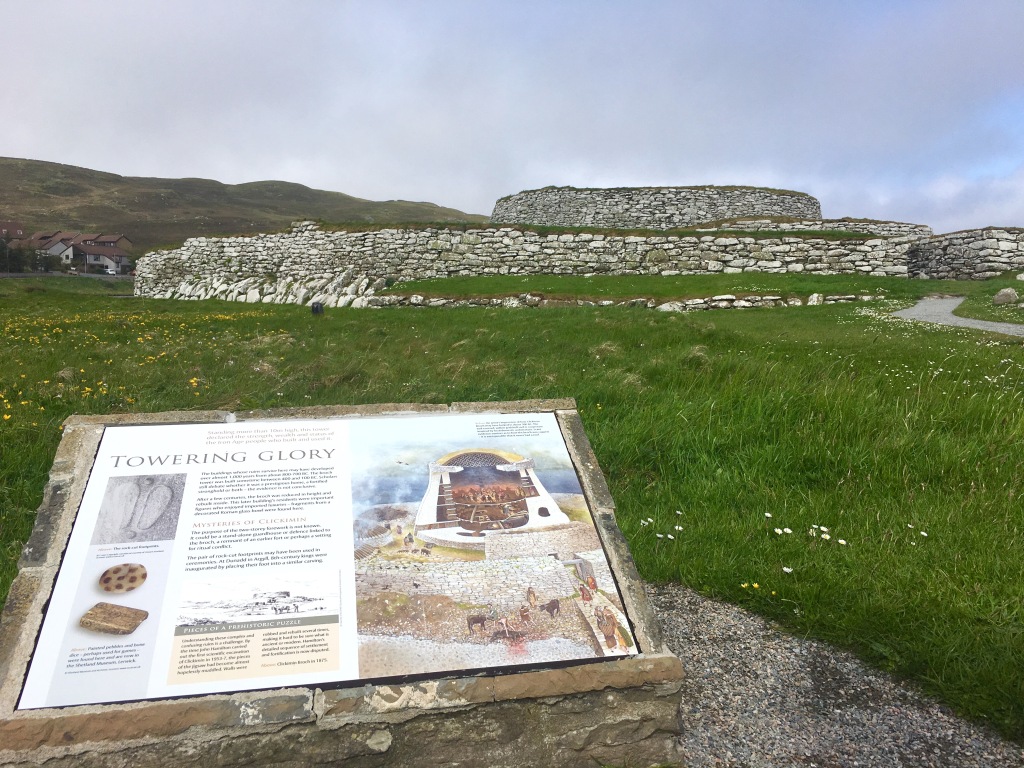


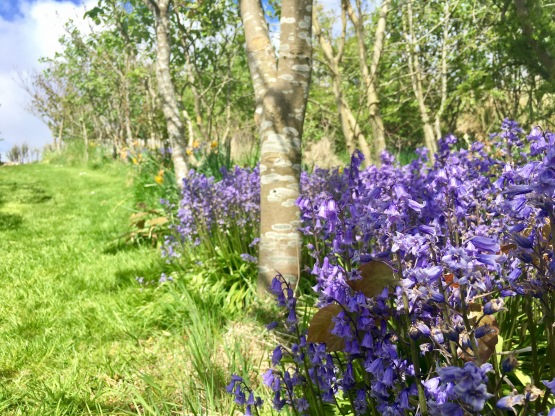

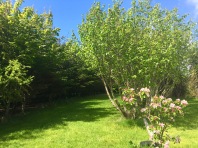


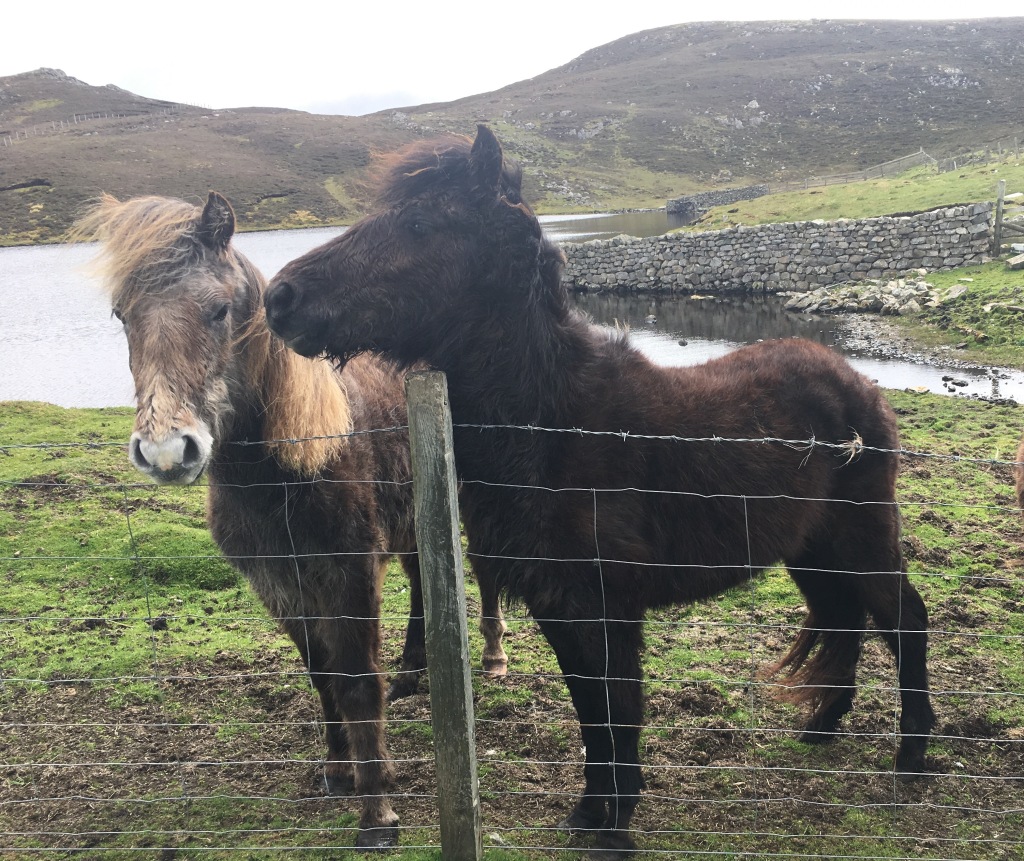

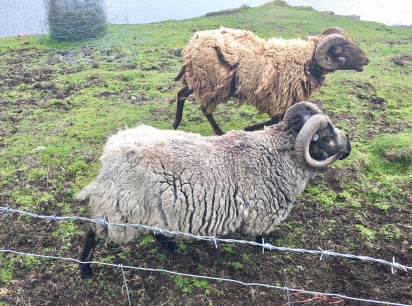

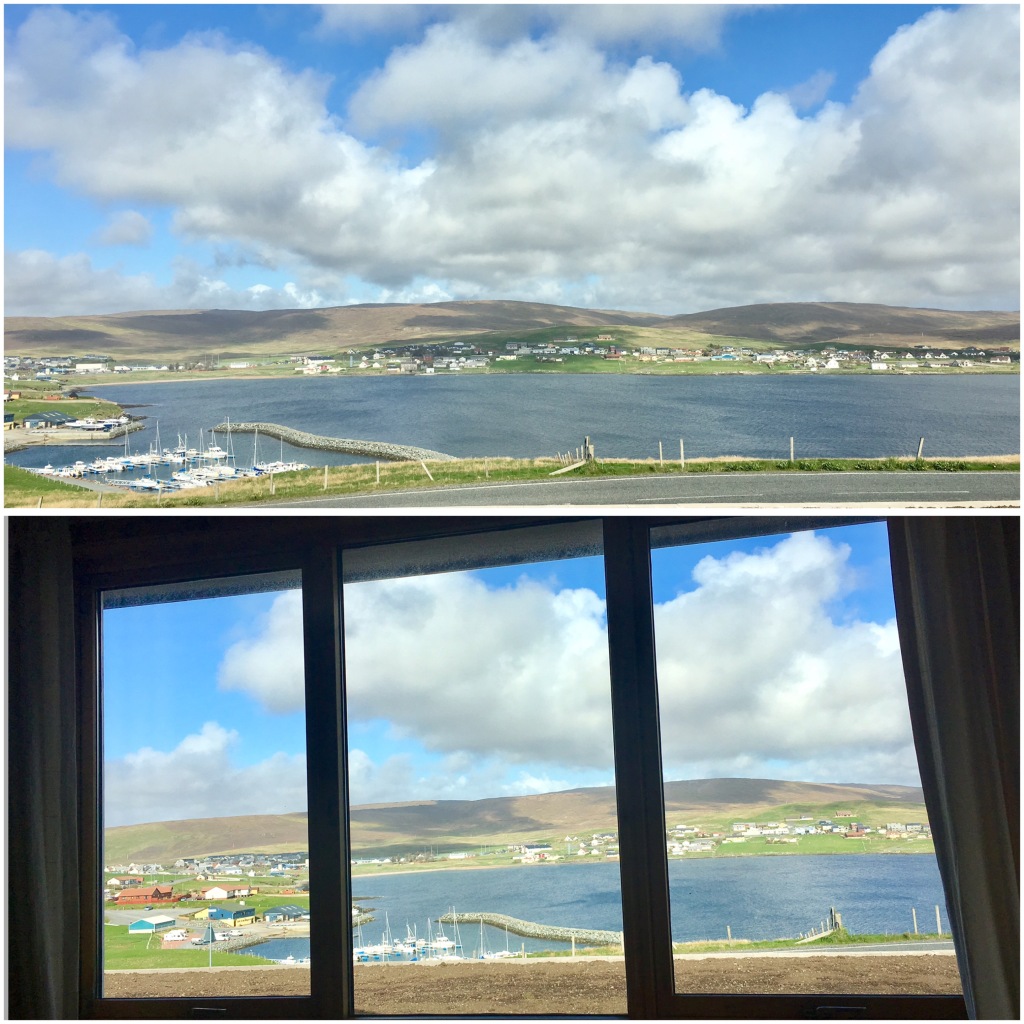
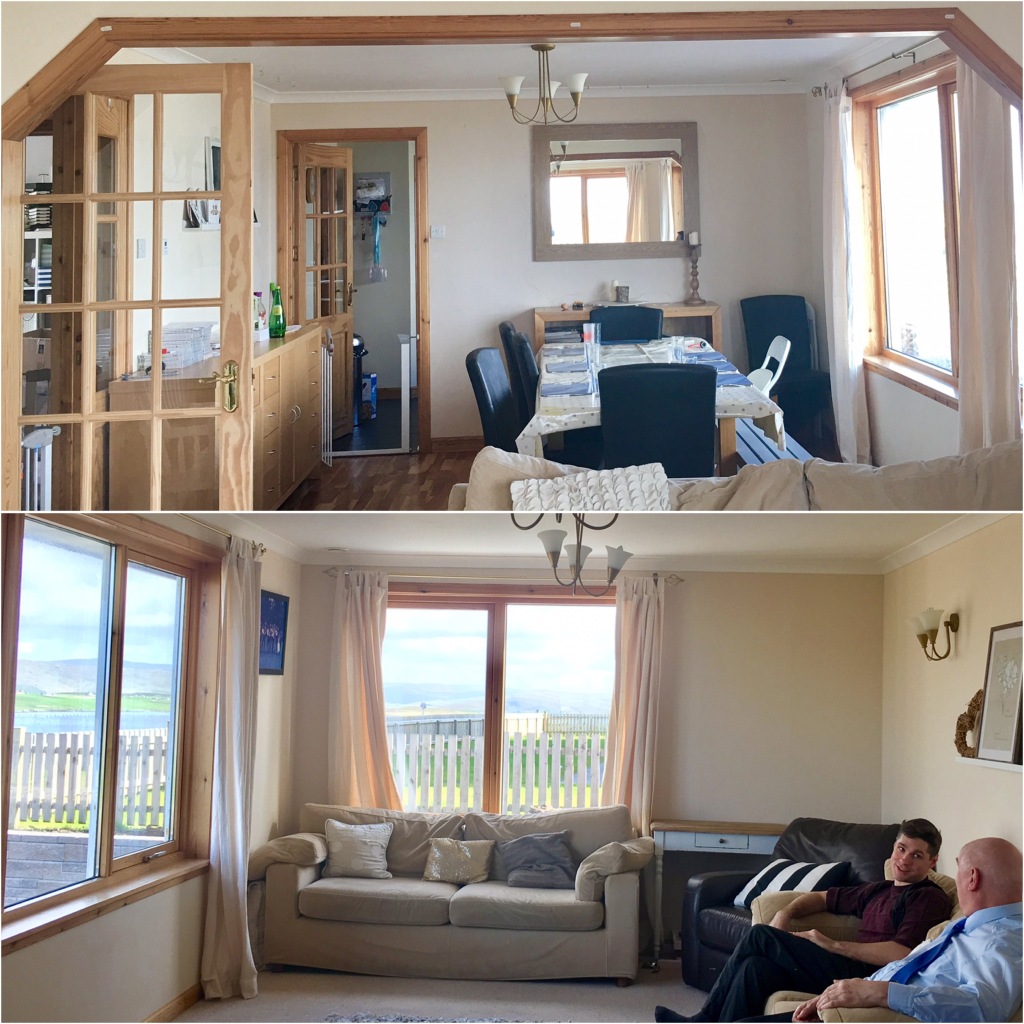

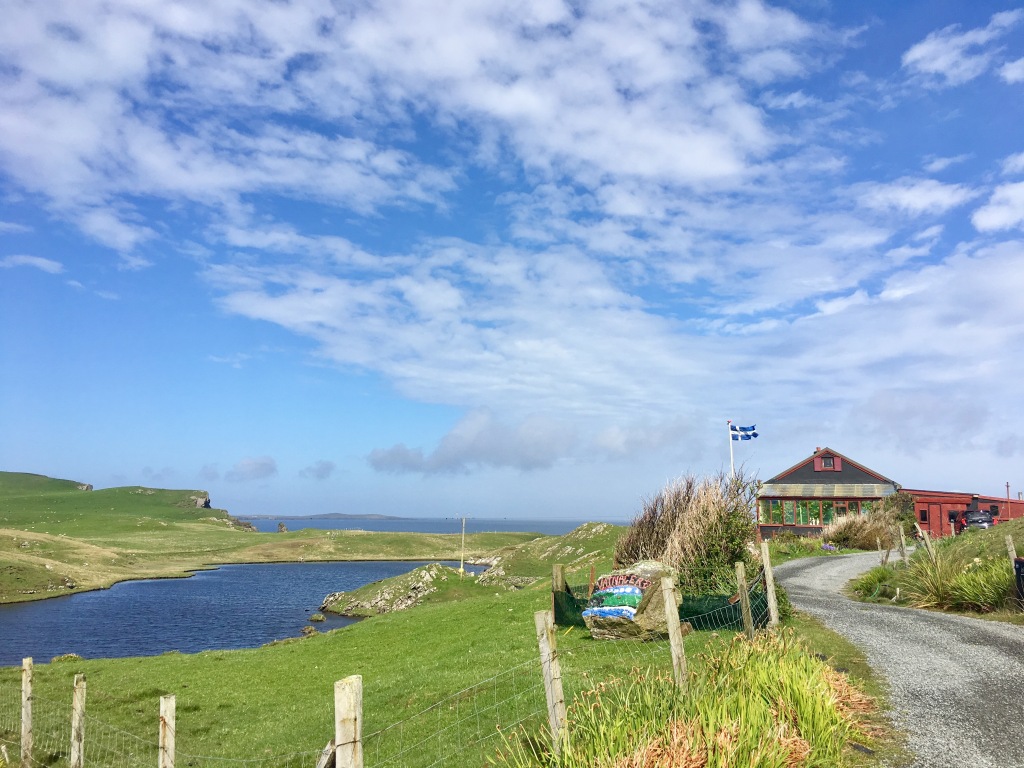
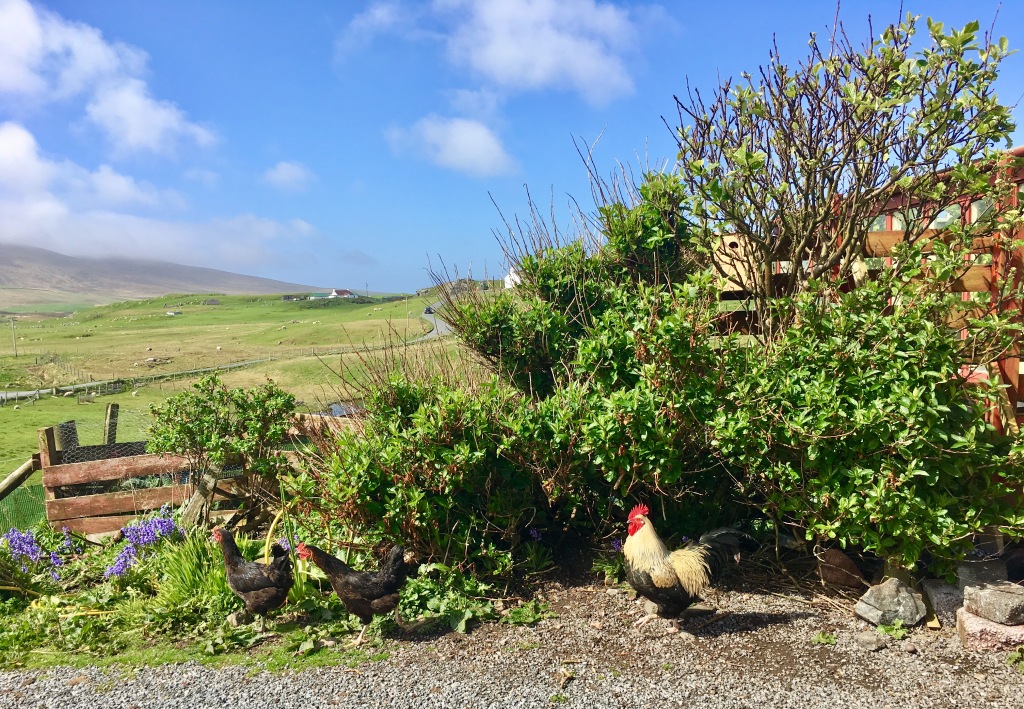
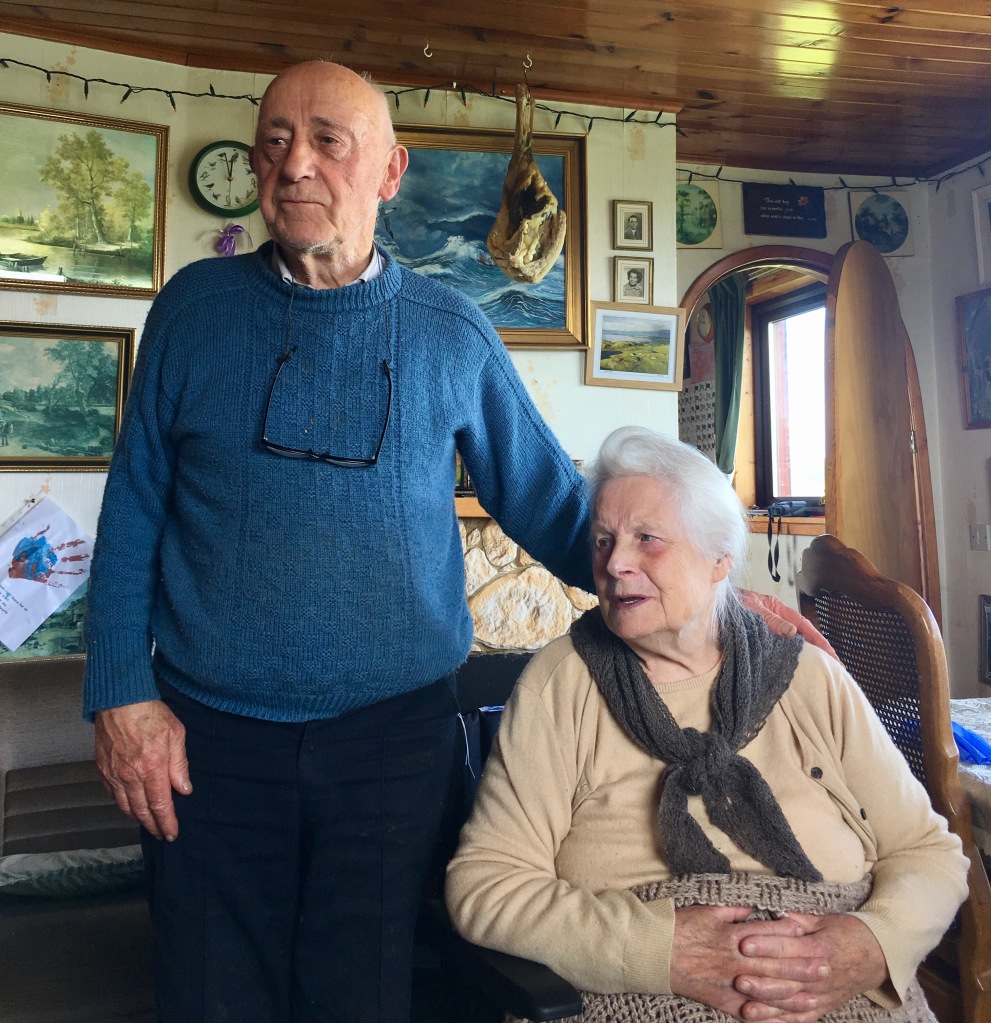

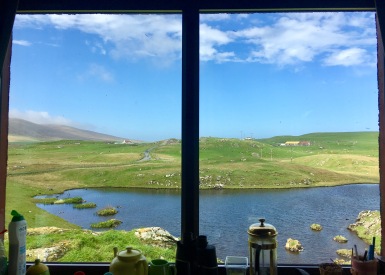

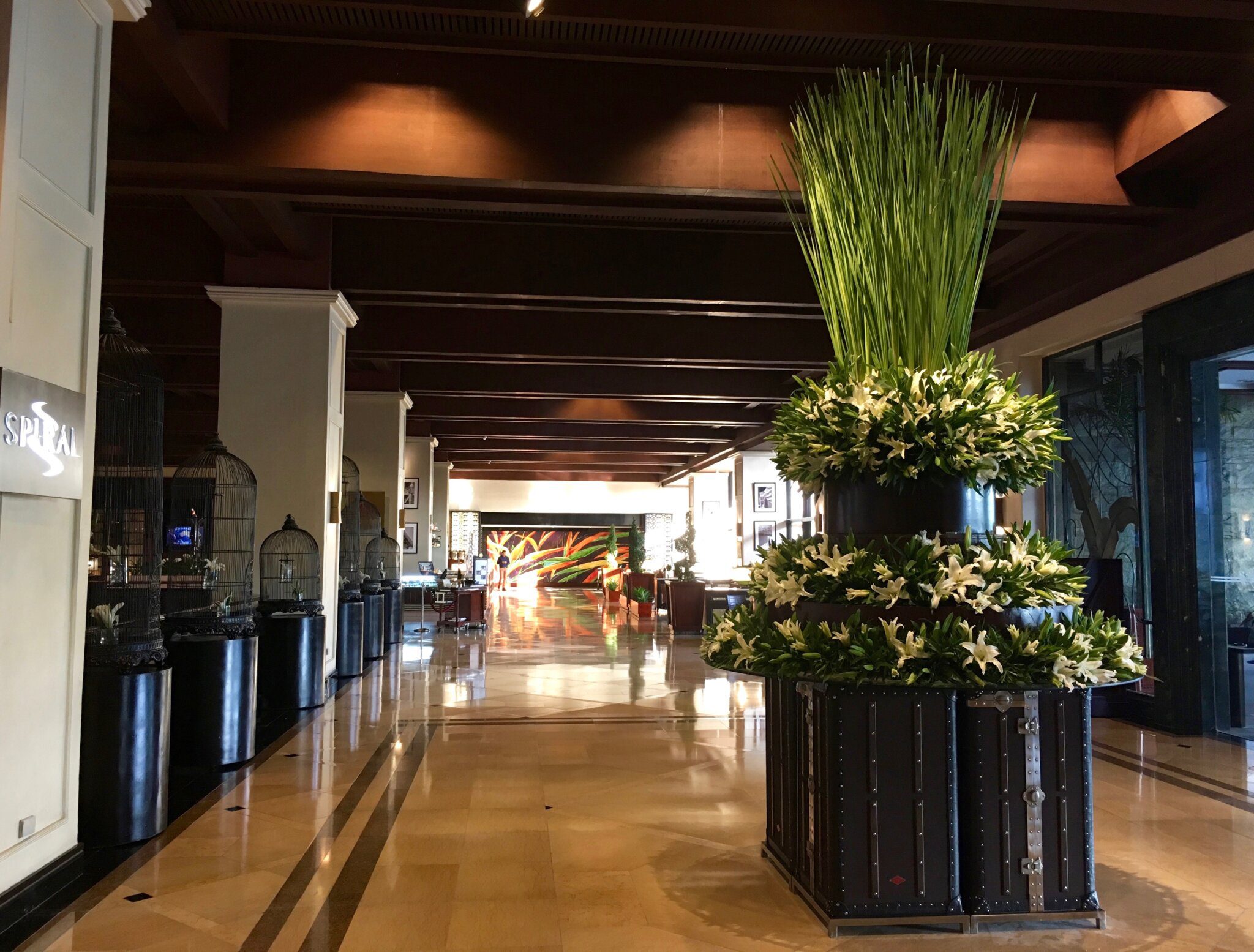 They say you never get a second chance to make a first impression. So when it comes to a hotel, the lobby needs to be the showpiece. As such, when I enter a hotel I always observe every detail in the foyer so I don’t entirely miss the impressive entrance hall they have so cleverly crafted.
They say you never get a second chance to make a first impression. So when it comes to a hotel, the lobby needs to be the showpiece. As such, when I enter a hotel I always observe every detail in the foyer so I don’t entirely miss the impressive entrance hall they have so cleverly crafted.